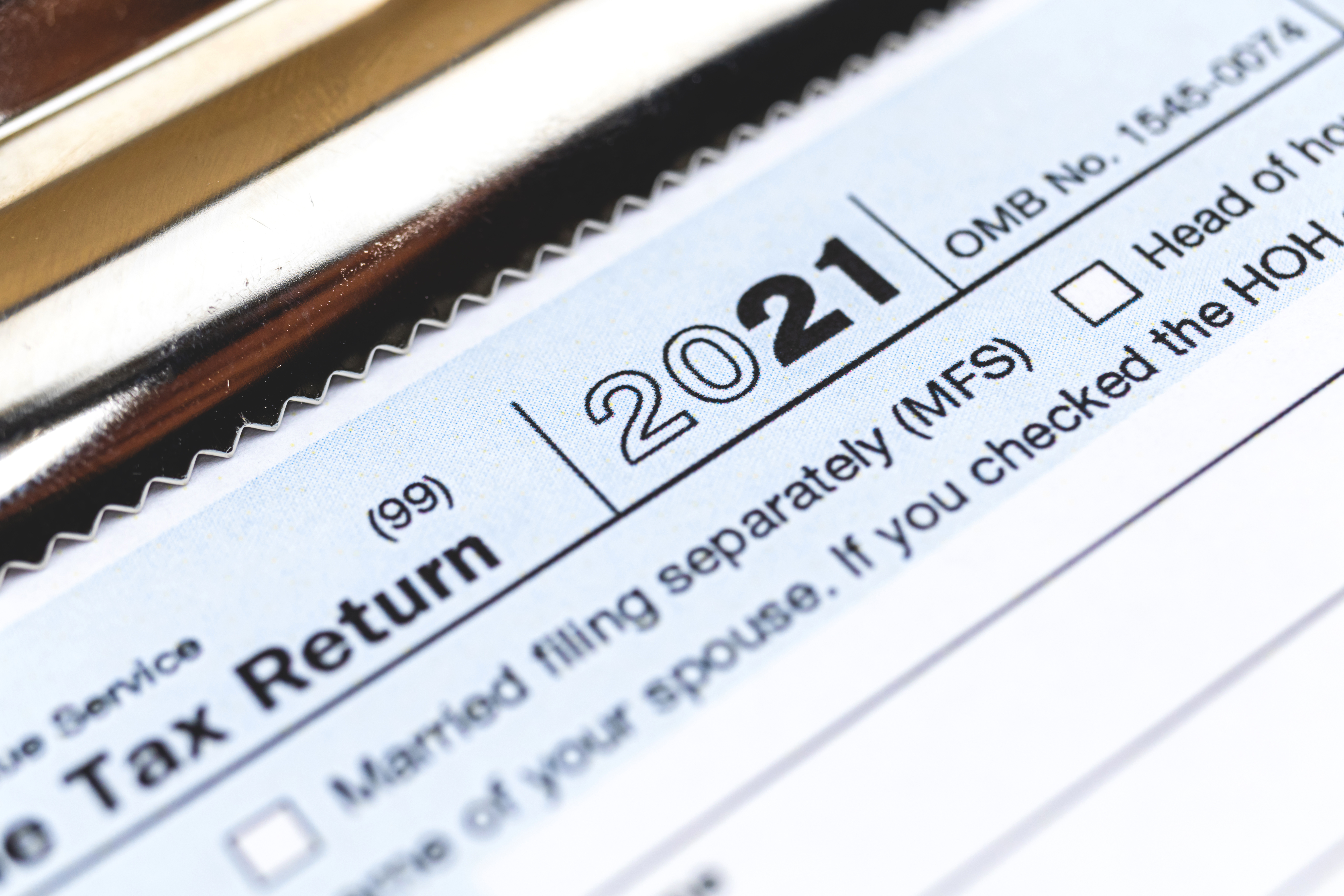By: Brian Riedl – wsj.com – January 22, 2024
America already has the most progressive tax system in the developed world.
As budget deficits surge toward the stratosphere, Congress will soon have to get serious about savings proposals. Yet reforming Social Security and Medicare—the leading drivers of long-term deficits—remains a political nonstarter. Neither party is willing to raise middle-class taxes. And cutting defense and social spending would save at most $200 billion annually from deficits that are projected to approach $3 trillion by 2034.
There are a few excessive tax loopholes and undertaxed corporations that lawmakers could address. It’s farcical, however, to suggest that the tax-the-rich pot of gold is large enough to rein in our deficits and finance new spending programs. Seizing every dollar of income earned over $500,000 wouldn’t balance the budget. Liquidating every dollar of billionaire wealth would fund the federal government for only nine months.
In a study for the Manhattan Institute, I set upper-income tax rates at their revenue-maximizing level, while paring back tax loopholes and fighting tax evasion. As background, the Congressional Budget Office projects that our budget deficits—which currently exceed 7% of gross domestic project—will surpass 10% of GDP over the next three decades. My research shows that the “tax the rich” model would raise at most 2% of GDP in additional revenue over the long term.
If this seems low, it’s because the U.S. tax code is already the most progressive of the 38 Organization for Economic Cooperation and Development member countries. The U.S. taxes the wealthy at European rates, while taxing the middle class at considerably lower rates.
The CBO calculates that the top-earning quintile, which accounts for 58% of all income in the U.S., paid 69% of all federal taxes and 90% of all income taxes in 2019. The top-earning 1%, which makes 18% of all income, paid 25% of all federal taxes and 40% of all income taxes. The bottom-earning 60% earned 23% of income but paid only 13% of federal taxes. That population included the bottom-earning 40%, which had a combined average income-tax rate of negative 6.4%.
America’s top tax rates often exceed international norms. Our top income-tax bracket of 43.7%—including typical state taxes—exceeds that of the standard OECD nation (40.4%). Our top capital-gains tax rate is 10 points above the OECD average, and our corporate tax rate exceeds not only the OECD mean but that of every Scandinavian nation. America’s effective corporate tax rate is also above average, as are its estate and inheritance taxes.
How, then, does the typical OECD nation collect 7.5% of its GDP more than Washington? The answer lies in what’s known as a value-added tax: a consumption fee assessed at each production stage of a good or service. OECD nations collect an average of 7.2% of GDP in VAT revenues with rates as high as 27%. The U.S. is the only OECD nation without such a tax. Even Finland, Norway and Sweden collect roughly the same total tax revenue as the U.S. when excluding broad-based payroll and value-added taxes. In other words, the revenue gap isn’t driven by tax-the-rich policies.
Some critics call for returning to the 91% income-tax rates of the 1950s, or the 70% top brackets that prevailed through the 1970s. Yet federal income-tax revenues as a share of GDP during those decades were significantly lower than in the decades since. That’s because virtually no one found himself in those tax brackets. Internal Revenue Service data show that capping federal income tax rates at 50% in 1961 would have trimmed income-tax revenues by only 1%. That figure assumes that such rates didn’t reduce economic activity.
Tax-the-rich proponents are correct in one respect: It’s possible to collect more revenue from the wealthy. Congress could raise the top income-tax bracket by up to 10 percentage points while seeking aggressive tax enforcement, fewer tax preferences, and President Biden’s aggressive corporate, estate and capital-gains tax hike proposals.
Yet such measures would doubtless be accompanied by economic damage large enough to wipe out any additional revenues beyond those tax increases. As my tax-the-rich model shows, layering higher rates on top of each other would reduce work, savings and investment, encourage income shifting to minimize tax burdens, and induce tax evasion. The behavioral and macroeconomic responses would likely reduce new revenues to somewhere between 1% and 1.5% of GDP, or $3.5 trillion to $5 trillion over the next decade—eventually slowing productivity and wages. Pursuing pro-growth policies to add 1% to the economic growth rate, on the other hand, would raise nearly as much revenue while increasing wages.
As deficits soar toward 10% of GDP, taxing the rich can certainly be on the table as part of a deficit-reduction package. Yet most savings will have to come from Social Security and healthcare spending, which are driving long-term deficits upward. Any major tax component will also have to include the middle class. The tax-the-rich solution is a fantasy.
Mr. Riedl is a senior fellow at the Manhattan Institute.
To see this article in its entirety and to subscribe to others like it, please choose to read more.
Source: The Rich Aren’t Rich Enough to Balance the Federal Budget – WSJ
 Listen Online
Listen Online Watch Online
Watch Online Find a Station in Your Area
Find a Station in Your Area








 Listen Now
Listen Now Watch Online
Watch Online
